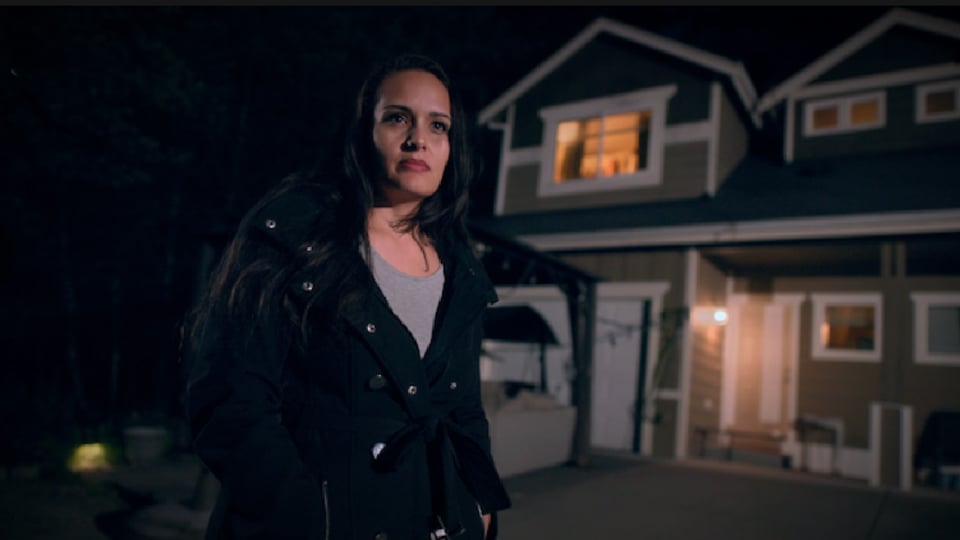Worst Ex Ever illustrates how domestic violence flummoxes the legal system
the true crime that's worth your time

Netflix's Worst [Something] Ever franchise might be one of its best-kept true crime secrets. That's not to say that two-season series Worst Roommate Ever lacked viewership: while the streamer is notoriously tight-lipped about its engagement levels, that show's first and second seasons were listed in the top tens I saw, at least. It's provocatively packaged content, so that tracks. But underneath that provocation lurks a smart, sensitive, survivor-centered show about how truly fragile the social contract of co-habitation is. The hyperbolic nature of the all-caps worst-everism is — as Hannah Waddingham's The Fall Guy character might put it — just the sexy bacon around that less palatable truth.
With Worst Ex Ever, which drops on August 28, there's that same sexy bacon, but this time it's wrapped around an indictment of how our full top-to-bottom legal system grapples with partner violence and impending crime. Across its four episodes, we hear again and again about situations that went from red flag to violence with an abundance of official intervention along the way — but nothing was enough to prevent each narrative's painful climax. To be clear, that's not because the titular worst exes were some sort of unstoppable, near-supernatural force. It's because, the series elegantly shows instead of tells, we don't have a real safety net in place for people who are in danger from a former intimate partner.